Sun Feed’s ambitions fuelled by Thai agri growth
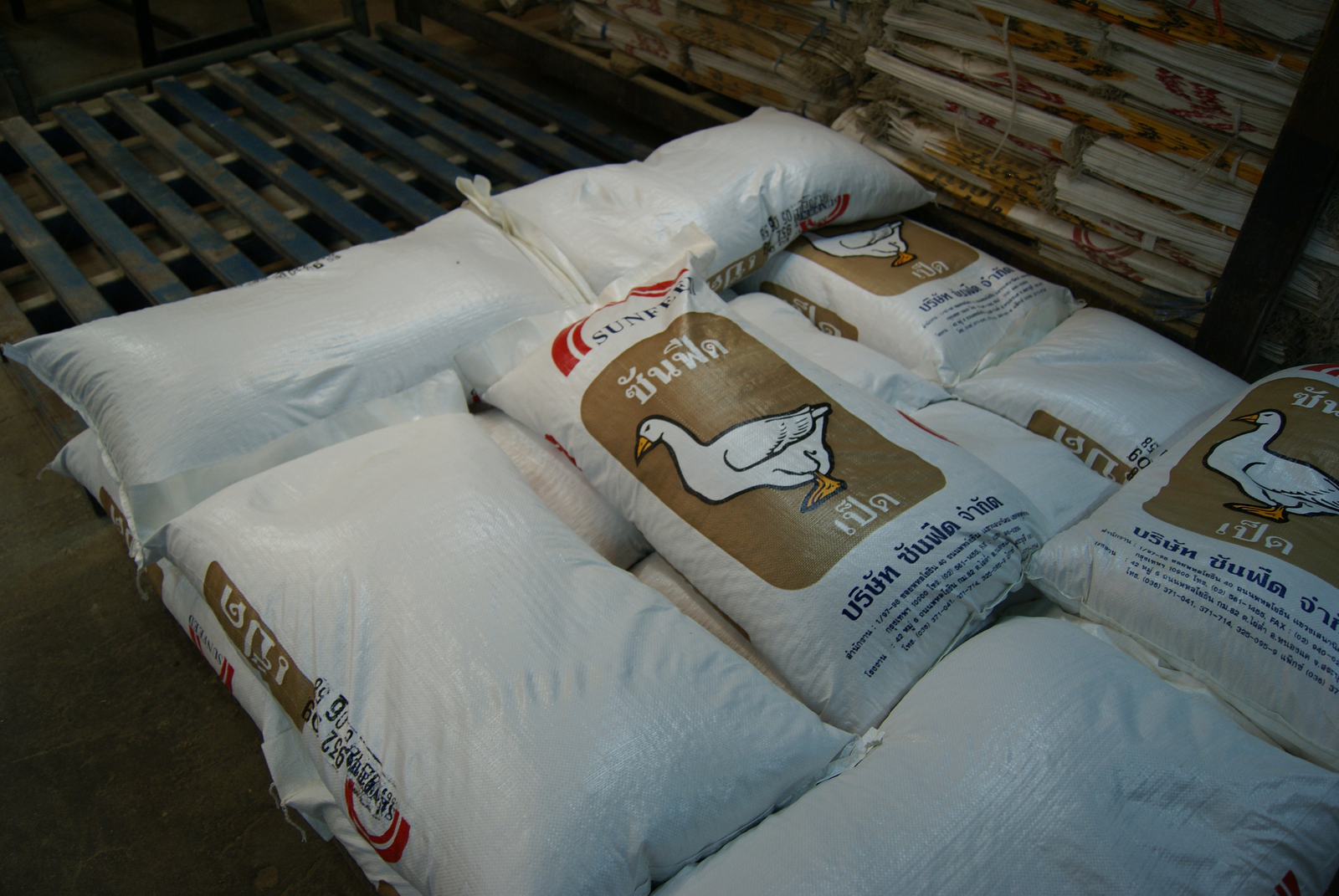
others.
The livestock industry, and feed sector, are growing in Thailand. For Sun Feed, this has led to increased capacity at its mill in Saraburi. This has been possible due to modernisation of the facilities and the purchase of more pelletisers.
Agricultural and food industries are crucial to Thailand’s aim to be the “kitchen of the world”, a key government policy. According to a report from IPSOS consulting, the poultry industry was one of Thailand’s most promising agri-food segments until it was devastated by the 2004 outbreak of highly pathogenic avian influenza outbreak. However, since then, it has been ramping up efforts to reclaim its share of the world poultry market and is growing again year on year.
Large and smaller players
A few players in Thailand dominate the poultry (and other livestock) markets, including the well-known integrators Charoen Pokphand Group and Betagro. But there are also many smaller feed mills, playing an important role in the domestic and regional feed supply. One of them is Sun Feed Co., Ltd, the first established subsidiary of Sun Group operating since 1991. It produces and distributes animal feeds to its own broiler farms, to distributors and directly to farmers. Sun Feed has two broiler farms in Nakhon Nayok and two breeder farms in Saraburi.
The company is headquarted in Bangkok, but feed production is done at its production plant in Saraburi. The increased demand for feed is felt by Sun Feed as well and the company has been investing a lot in the last few years to upscale its production capacity. The feed mill has a current capacity of 40,000 tonnes per month and there are 200 people working in the mill, working in three shifts. This makes it possible to produce 24 hours per day.

Part of the Sun Feed team. Third from the left is raw material supervisor Kamonchat Tephabut.
Range of investments
“We have started almost 24 years ago with this feed mill. But a lot has changed in the last ten years”, Kamonchat Tephabut, raw material supervisor at Sun Feed explains. Investments in the past include the purchasing of two new pelletisers (2003 and 2011), bringing the total number of this type of equipment to five. Also a new bagging robot has been installed, capable of processing 1,200 bags per hours. “In 2014, we therefore increased our capacity from 1,200 tonnes per day to 1,500 tonnes per day. In the near future, another pelletiser will be installed, which enables us to step up production even further”, Tephabut said.
And luckily, there is still room to increase capacity at the current location. “Last year, also the space of the warehouse has been increased, and over the last two years we bought extra land and built a new office”, explained Tephabut. All these efforts paid off. The feed mill has HACCP and in 2010 granted the GMP certification. In 2015, auto batch sampling. The equipment used is American (CPM) and French (Stolz).

The raw material department keeps close monitoring on the storage facilities and test these raw materials on a regular basis.
Combatting humidity problems
Being in Thailand, means that raw material storage comes with extra challenges. The humidity and high temperatures make ingredients susceptible to moulds, mycotoxins and quality loss. Tephabut: “Corn and soybean meals are major feed ingredients for livestock production. Our quality workers at Sun Feed therefore keep close monitoring on the storage facilities and test these raw materials on a regular basis. Once per week, the raw materials are tested for mycotoxins. Ventilators are present in the warehouse, ventilating up to six hours per day to reduce the temperature and to prevent quality problems. Moisture levels are tested when the raw materials enter the feed mill. The levels are also tested during storage.”

Once per week, the raw materials are tested for mycotoxins.
Supply to other regions
Raw material supervisor Tephabut explains that Sun Feed now produces most of the feed to its own poultry farms (55%). Around 40% is sold commercially and goes to private farms and others. Around 5% goes to private breeder farms. “We see that farms in Thailand are getting bigger. Poultry farms in our country have been growing for example from 20,000 broilers to 50,000 and further to 100,000 birds. We therefore see a positive growth for the livestock sector, and hence feed sector, in Thailand. We can easily support our own farms now, but are looking to extend our reach to supply more livestock producers in other regions of Thailand as well”, she said.
Also read: Thai feed demand on the rise in 2015
Reforming Thai livestock sector
The ambitions to grow at Sun Feed go hand in hand with the Thai government plans, that have been recently announced. According to the policy makers, there is ”reforming to do livestock farming in Thailand”. The Thai government has therefore introduced the Farmer’s Reconstruction and Development Fund, consisting of Baht 4.5 billion non-performing loans. The Thai newspaper The Nation reported that Agriculture Minister Petipong Pungbun na Ayudhya said he wants to focus on five areas in Thailand, as some regions are better for certain types of rice and certain types of livestock production.
The nation’s livestock industry will be reformed by focusing on dairy cows, buffaloes and chickens. The ministry plans to develop the quality and quantity of dairy cattle to raise production capacity of raw milk from 12 kilograms per cow per day to 15 kilograms. Buffaloes are presently only reared for their meat, but buffalo milk will be made popular so that more of them will be bred and reared. The poultry industry still imports chicken breeds rather than using local breeds. The ministry wants to promote local chickens for the industry. These reform plans will benefit the Thai livestock and food industry in the coming years. As everything starts with animal feed, Sun Feed mills will profit from this as well.
Trends in Thai feed production
For 2014, the Thai Feed Mill Association (TFMA) expects the total feed demand to increase to approximately 16.3 million metric tonnes, up around 5 to 6% from the previous year (USDA GAIN report). The USDA document further reports that the increase reflects the growth occurring in broiler production which is expected to rise by 5% from the previous year, driven by chicken meat exports. Poultry feed demand accounts for around 35 to 40% of total Thai feed demand. Swine production, which accounts for around 35% of total feed demand, will likely continue to increase around 7 to 8%from the previous year driven by growing exports of live swine to neighbouring countries. Layer production, accounting for around 20% of total feed demand, is expected to grow by 5% from the previous year due to continued growing domestic consumption.
Join 26,000+ subscribers
Subscribe to our newsletter to stay updated about all the need-to-know content in the feed sector, three times a week. Beheer
Beheer

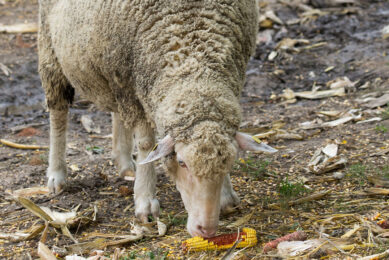
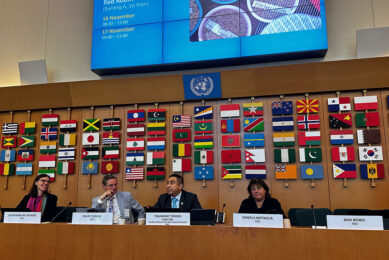
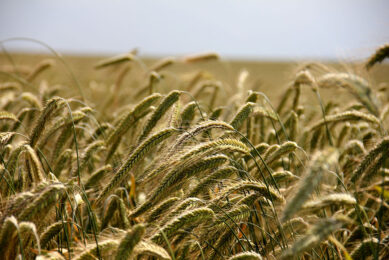
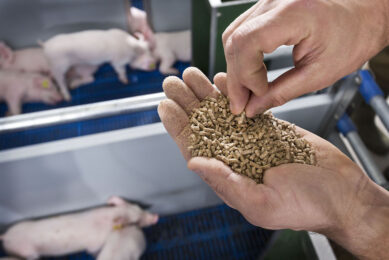




 WP Admin
WP Admin  Bewerk bericht
Bewerk bericht